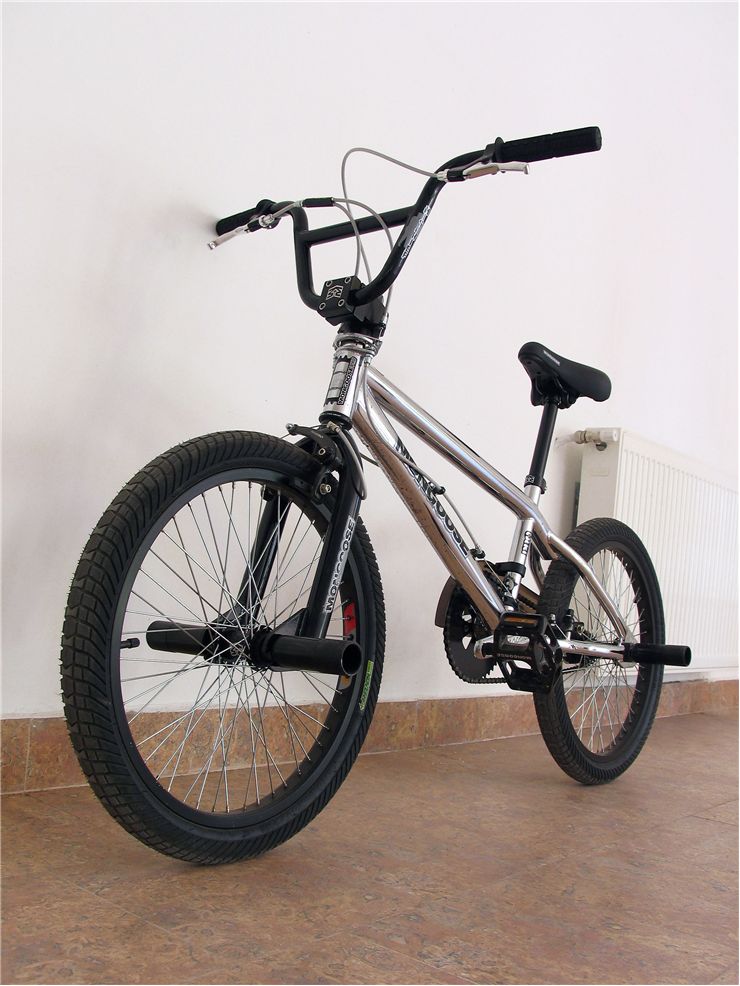Extreme Sport of BMX Freestyle
Bicycles of many types are used for various sport disciplines, but the most extreme version of cycling is possible only on BMX bicycles. Originally conceived as bicycle variant of motorcycle motocross racing, first BMX drivers formed several BMX Motocross Racing competitions that are today held all over the world (and have managed to receive official place on the summer Olympics), Freestyle competitions slowly became a competition on their own. This type of competition is focused on stunt riding, which I separated into several distinct disciplines that all encourage drivers to express themselves as much as possible while driving a BMX bicycle.
Origins of BMX freestyle can be traced to the very first appearance of BMX bicycles in the summer California during mid-1970s, when kids started creating their own bicycles that were modified in such way that they can survive grueling tracks made for motocross motorcycles. Immediately after, kids started finding new places where they could drive, preferring locations that have interesting obstacles. First of such locations were concrete Escondido reservoir channels in San Diego and various empty swimming pools that enabled skilled drivers to easily launch in the air, providing them with few seconds of time to preform stylish tricks and routines. By 1976, concrete skate parks started being converted for the use of BMX drivers, with more and more such locations being open all around United States. By 1978, many of those parks became fully optimized for BMX bicycles. Before end of 1970s, first freestyle competition started to be form, and first teams started attracting attention from sponsors, magazines and television. Oversight over BMX Freestyle competitions was maintained by American Freestyle Association (AFA) which was founded in 1982, who organized numerous competitions on flatland and quarter pipe tracks.
By the 1987, sport of BMX Freestyle reached the peak of its popularity, with attention of media, manufacturers and sponsors providing constant drive for innovation. New BMX bicycles that were fully optimized for various forms of Freestyle driving were released all the time, and users could easily accessorize and customize their bicycles. However after 1987, sponsors and manufacturers reduced their monetary investment into the sport, and organized competitions became rarer and rarer.
Today, BMX drivers can test themselves into one of the five disciplines of Freestyle, although no fixed rules exist for any of them. Drivers are encouraged to be creative, and to use all their skill to present most stylish and aesthetically pleasing tricks and routines. Modern BMX Freestyle disciplines are:
- Street – Bicycles optimized for preforming trick routines on streets, utilizing obstacles that were placed there naturally as the city grew (handrails, curbs, stairs, banks, ledges and more).
- Park – Freestyle preforming in parks who were specifically made to host skate or BMX-friendly obstacles such as ramps, transitions and others. These parks may offer fixed routes for practicing runs, or randomly placed objects that are forcing performers to be inventive with their routines.
- Vert – BMX Freestyle preforming that is done while riding in half pipe. These objects are usually 2.5 to 3.5 meter tall, although larger ramps are used for some competitions (X-Games ramps go up to 8.2m). While all other disciplines are focused on tricks that are made on the ground, Vert style is fully focused on tricks made while BMX bike is in the air.
- Trails – Tracks created using dirt and rocks, usually made as a series of lines and hills that are placed in the gaps of between few to 12 feet.
- Flatland – BMX Freestyle discipline that is performed on a flat surface that has no obstacles. Clear area of pavement is the most popular because it gives drivers consistent surface grip.
